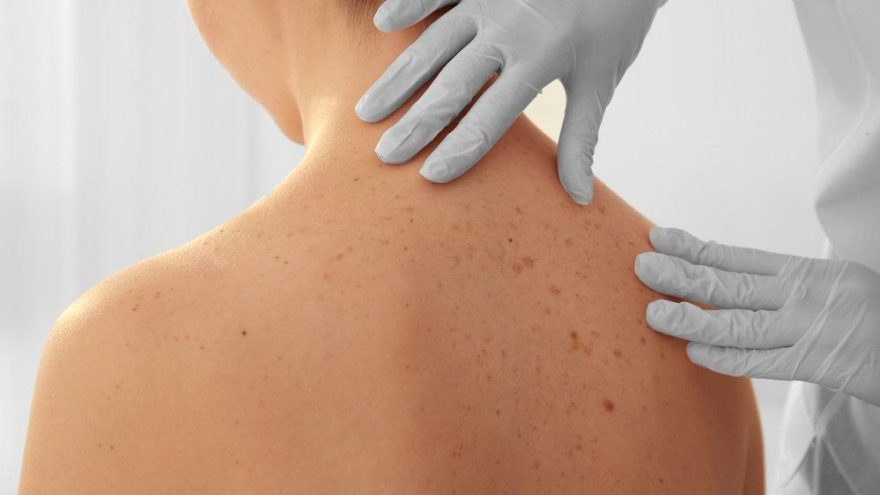- 0 332 350 37 67
- bilgi@ezgiulu.com.tr
Skin Infection

Skin Infection
Impetigo is a common skin infection caused by bacteria, especially affecting children. It is highly contagious. Factors that facilitate the emergence of the disease include excess humidity, increased temperature, poor hygiene and skin trauma. It is usually seen in open areas of the body such as the face, neck, hands, arms and legs. The lesions are in the form of wounds with yellow, honey-colored crusts, and sometimes water-filled blisters may also develop. The first thing to do in the treatment is to remove the crusts by softening them with pomades, without forcing them.
It is recommended to apply antibiotic creams in the treatment. In severe and resistant cases, oral antibiotics can also be given if symptoms such as fever, weakness, and loss of appetite are present. In some people, the disease microbe can settle in the perianal region (anus), armpit and nostrils. Especially in recurrent infections, local antibiotic cream should be used in these areas. It is very important to comply with personal care and hygiene rules.
Impetigo disease is usually seen in the summer months, but it occurs during periods when there are cuts, scratches and fly bites on the skin. The contagious rate of the infection that causes impetigo is quite high. While the disease can be easily transmitted from person to person, it can also spread to other parts of the body due to an insect bite or scratching the rash.
How is it treated?
If symptoms of impetigo are observed, a doctor should be consulted first. Antibiotics are generally used in the treatment of impetigo. Antibiotic treatment can be used orally or with the help of ointment, depending on the severity of impetigo. While applying pomade is sufficient in the treatment of mild impetigo, antibiotics must be taken orally in the treatment of severe impetigo.
If impetigo disease is treated, there is no scar left in the wound areas. However, redness may continue in the wound areas for approximately 1-2 weeks during the treatment process. Dry and crusty wounds disappear over time.

